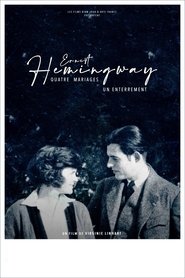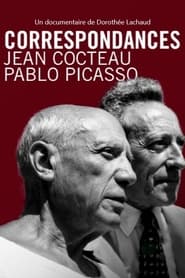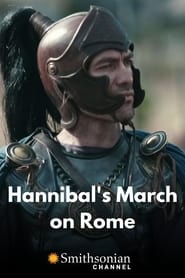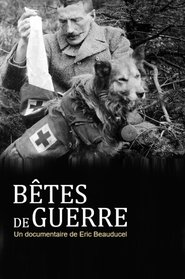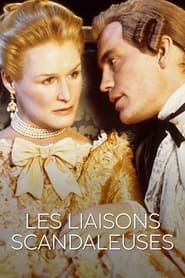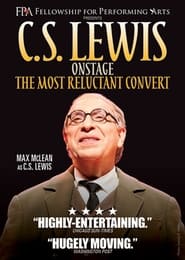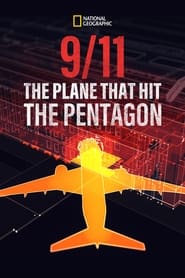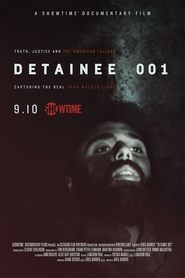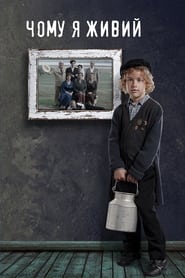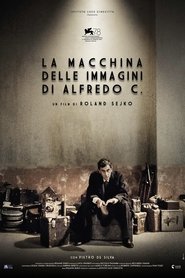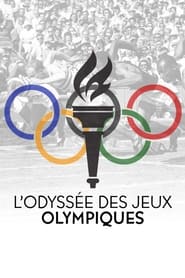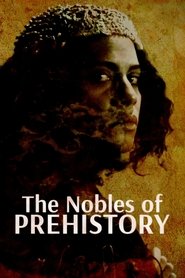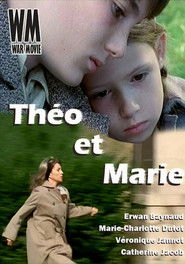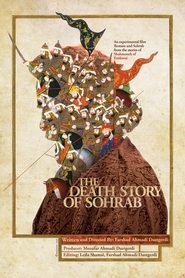Top Rated History Movies - Page 327
-
Tócala Otra Vez, Pep
2021
-
Ernest Hemingway: 4 Weddings and a Funeral
2021
star 7A look at the intimacy of the US writer Ernest Hemingway (1899-1961), a man infinitely more complex than his public image suggested, through the story of his relationship with his four wives. -
Correspondances : Jean Cocteau - Pablo Picasso
2021
star 7.5Correspondences are fragments of life seized in the flesh of the great History. The one between Pablo Picasso and Jean Cocteau explores forty-eight years of a complex and tormented artistic friendship. Through their letters, the film unfolds the story of a talent and a genius, a unique story that sweeps across the artistic and political spectrum of fifty years of the twentieth century: cubism, Russian ballets, Guernica, the Occupation and the purge, Dora Maar, Jean Marais, Cocteau's film poetry, Picasso's ceramics and the Mediterranean sky. -
Hannibal's March on Rome
2018
star 5.2Even 2,000 years after his death, General Hannibal's battle strategies are still studied today. But of all his military feats, perhaps his greatest was leading his massive Carthaginian army of men and three-dozen elephants across the Alps and into the heartland of Rome in 218 B.C. Until now, the route they took has been a matter of dispute, but thanks to modern-day technology, geomorphologist Bill Mahaney and microbiologist Chris Allen believe they've accurately traced this ancient journey. -
Beasts of War
2021
Beasts of War
2021
star 8.5The military history of animals is surprising and little-known. Starting from a strange London memorial dedicated to war animals, the evocative power of animation and the testimonies of those who are passionate about this long history, this documentary sets out to meet these anonymous heroes. -
Dangerous Liaisons: A Feminist Manifesto?
2021
star 7Well known for its exploration of seduction and revenge, the “Dangerous Liaisons” by Choderlos de Laclos caused a scandal from its first publication in 1782. Despite – or because of the scandal – the book was a top-seller. Since then, it stood the test of time. Combining eras, continents and people, the novel is adapted around the world. Marvelous tool for reflection on the female condition, social satire announcing the Revolution, remarkable work on the conflicting nature of love but also of the gender war, consecration of the power of the words, a libertine manual… “Dangerous Liaisons” is all of these at once. -
C.S. Lewis Onstage: The Most Reluctant Convert
2018
star 8Using C.S. Lewis's own words, award-winning actor Max McLean inhabits Lewis to take us on his rigorous journey from hard-boiled atheist to "the most reluctant convert in all England." Discover how the "Hound of Heaven" purued Lewis relentlessly until he finally "gave in"... only to become the most influential Christian writer of the 20th century. -
9/11: The Plane that Hit the Pentagon
2016
star 5On the 15th anniversary of the attack, survivors and first responders share their vivid recollections of the day that changed the world. -
Detainee 001
2021
Detainee 001
2021
star 4A deep dive into the mysteries that led a young American man name John Walker Lindh, who became known as the “American Taliban,” to the battlefield in Afghanistan fighting alongside the people who were supposed to be his enemy. -
Dark Matter
2014
Dark Matter
2014
star 7.5This personal film is made up of landscape photos from the archive of the director's father, through which he returns to his life while exploring the material possibilities for creating "landscapes": the film itself is exposed to the effects of yeast, salt, leaves and seaweed. By reacting with the film emulsion, each foreign element creates a new and different image quality, while the noise on the soundtrack underscores the fragility of incomplete memories. -
Antonio García-Trevijano: Transición e historia política de España en primera persona
2021
star 4Spanish jurist and republican thinker Antonio García-Trevijano (1927-2018) expounds his political thought and reflects on the recent political history of Spain. -
Why I'm Alive
2021
Why I'm Alive
2021
star 8.5Mariupol. Pre-war life in a small Ukrainian town on the shore of the Azov Sea, with a good family life, quarrelsome neighbors, amateur opera, denunciations to the NKVD, and a dance floor in the city garden, the persecution of religion and, of course, with love. -
La macchina delle immagini di Alfredo C.
2021
star 8April 1939. Fascist Italy occupies Albania. Thousands of Italian workers, settlers and technicians are transferred to the country. November 1944, Albania is liberated. The new Communist government closes the borders and places dozens of conditions on Italy for the repatriation of its citizens. In 1945 27,000 Italian veterans and civilians were still held in Albania. Among them there is a cameraman, Alfredo C. An operator of the Fascist propaganda effort, he has been traveling around Albania with his movie camera for five years. Before that, for almost two decades, he had immortalised the great machine of the regime. Now, by a twist of fate, being the only cameraman around, Alfredo has been asked to work on behalf of Communist propaganda. Shut up in his storeroom, surrounded by thousands of reels of film, Alfredo watches what he has shot again on an old Moviola. It is his film that we are watching. And perhaps, not his alone. -
The Nobles of Prehistory: Ladies and Princes of the Paleolithic
2021
star 7In 1872, in the cave of Cavillon in Monaco, archaeologist Émile Rivière (1835-1922) unearthed an apparently very old human skeleton, at least 24,000 years old, a discovery that changed the modern image of prehistoric men and women. -
Princess Diana: Behind Closed Doors
2016
star 8.5An intimate look at Princess Diana’s life behind the gates of Kensington Palace, including interviews with friends, historians and biographers. -
Théo et Marie
1998
Théo et Marie
1998
star 6After the arrest of his mother, who is accused of collaboration, 14-year-old Theo decides to go join his grandfather in Paris. On the road he meets Marie, an 11 year old orphan. -
The Death Story of Sohrab
2017
star 6A minstrel named Kamous is standing before Rostam. One out of many stories he has recited for people is: What befell Sohrab with Rostam. Rostam believes that the story the minstrel is narrating-- the Tragedy of Sohrab, is inverted, gone astray and wrongful. And he questions the minstrel "why?" Here, with Rostam questioning the minstrel another story begins which is the opening of our narrative.
 Netflix
Netflix
 Amazon Prime Video
Amazon Prime Video
 Apple iTunes
Apple iTunes
 Apple TV Plus
Apple TV Plus
 Disney Plus
Disney Plus
 Google Play Movies
Google Play Movies
 Paramount Plus
Paramount Plus
 Hulu
Hulu
 HBO Max
HBO Max
 YouTube
YouTube
 fuboTV
fuboTV
 Peacock
Peacock
 Peacock Premium
Peacock Premium
 Amazon Video
Amazon Video
 The Roku Channel
The Roku Channel
 AMC+
AMC+
 Kocowa
Kocowa
 Hoopla
Hoopla
 The CW
The CW
 Vudu
Vudu
 Starz
Starz
 Showtime
Showtime
 PBS
PBS
 Pantaflix
Pantaflix
 FXNow
FXNow
 Tubi TV
Tubi TV
 Kanopy
Kanopy
 Comedy Central
Comedy Central
 Crunchyroll
Crunchyroll
 Microsoft Store
Microsoft Store
 Redbox
Redbox
 Sun Nxt
Sun Nxt
 ABC
ABC
 DIRECTV
DIRECTV
 Crackle
Crackle
 Fandor
Fandor
 Plex
Plex

